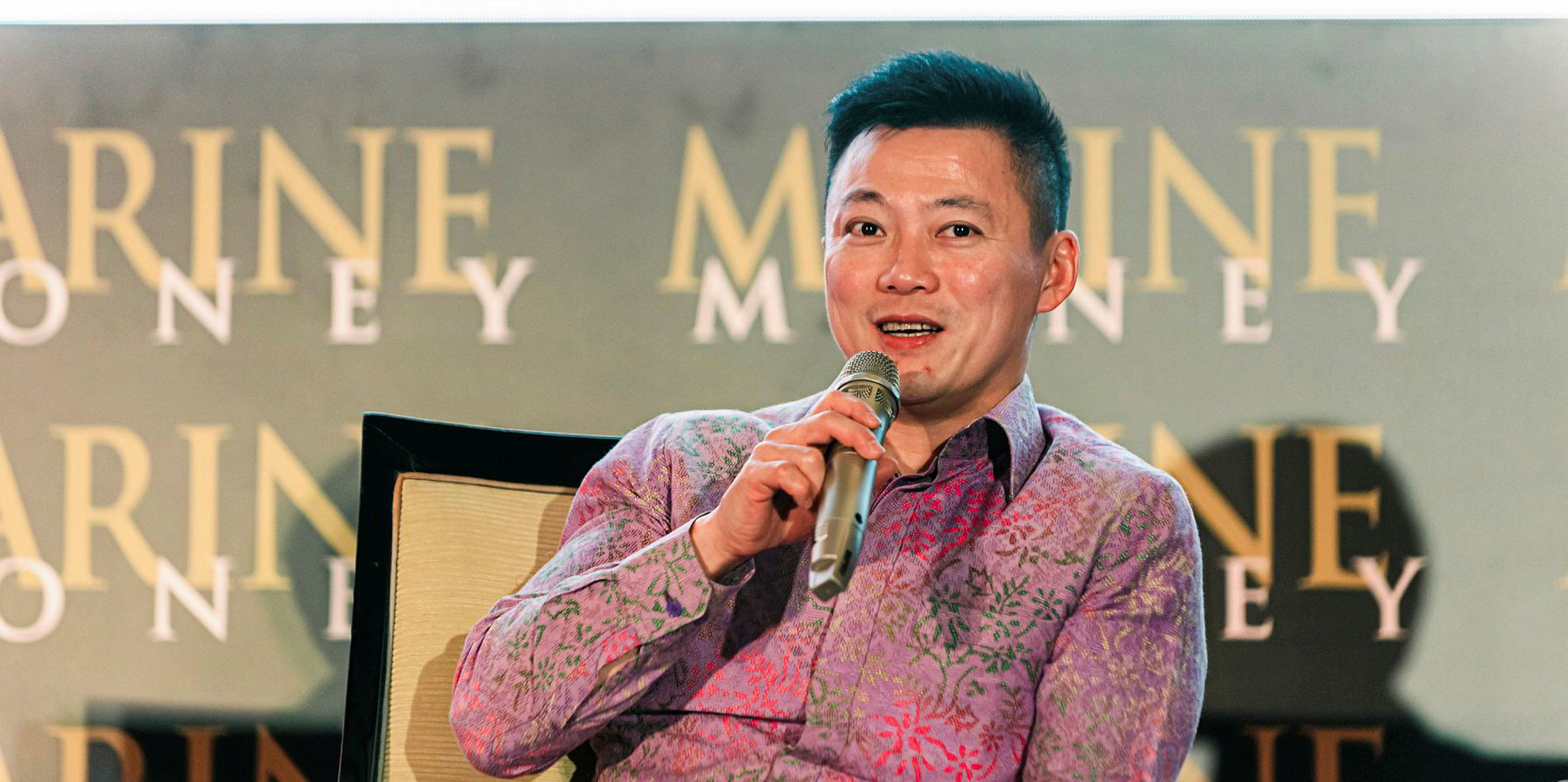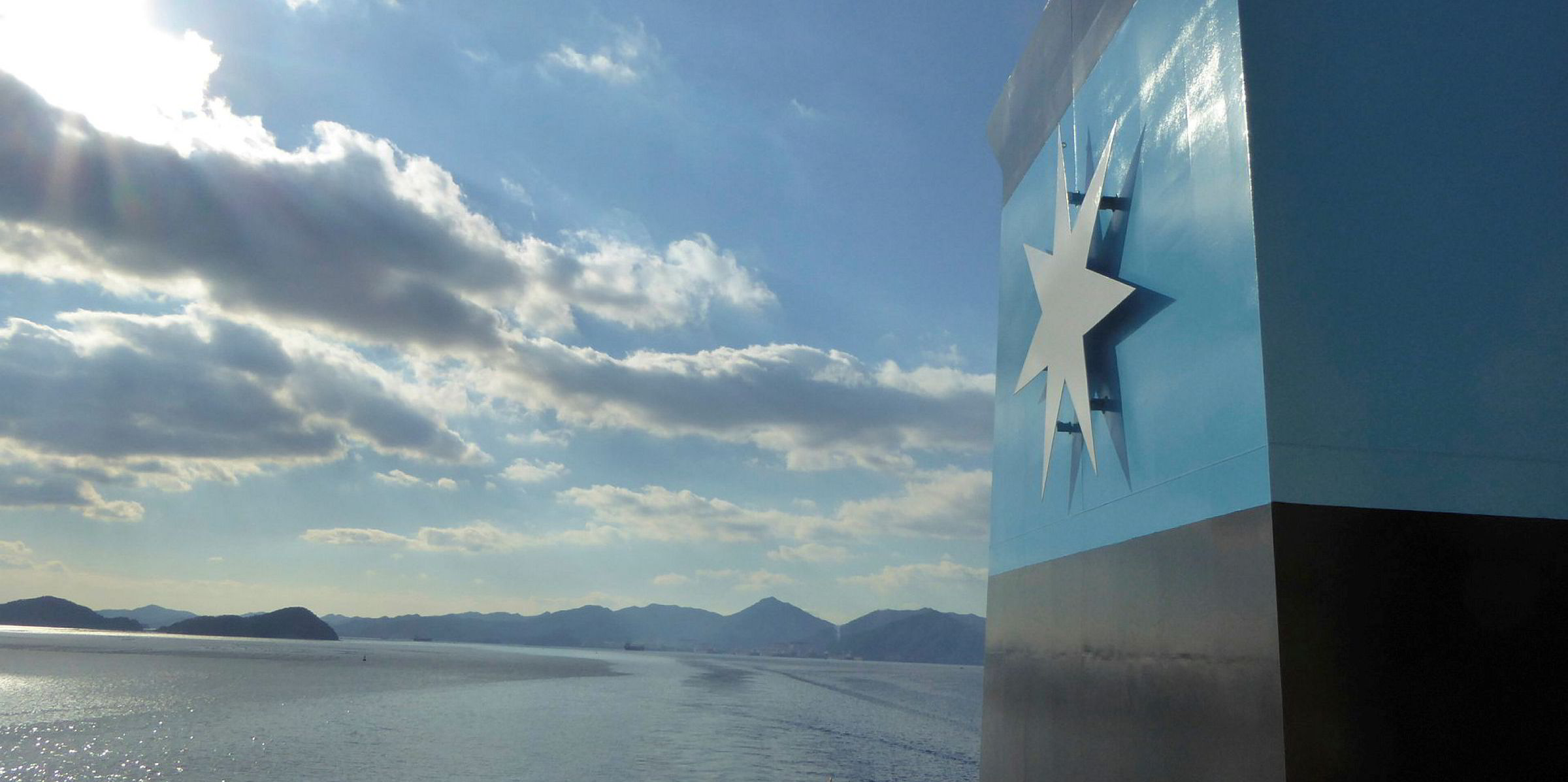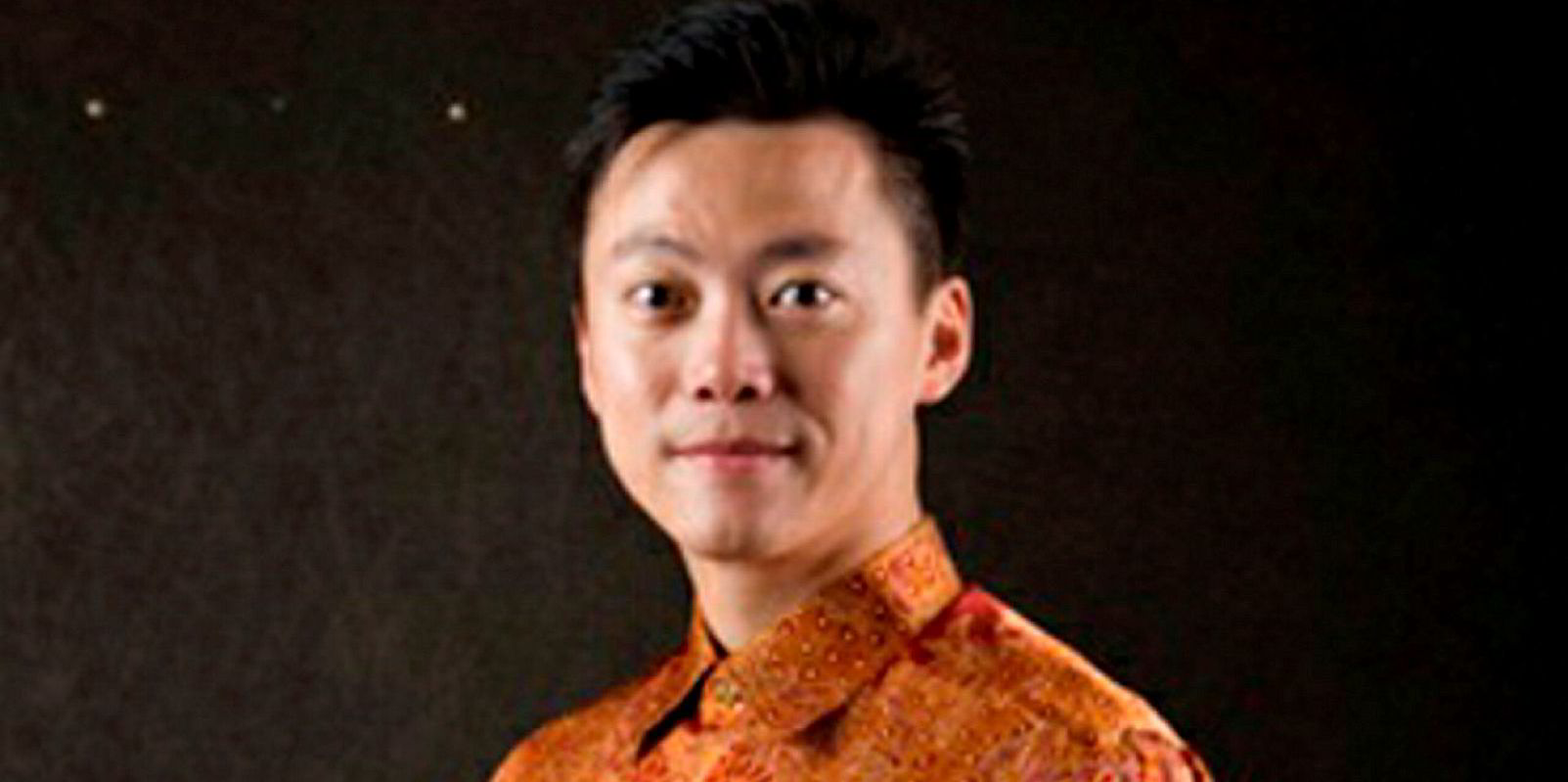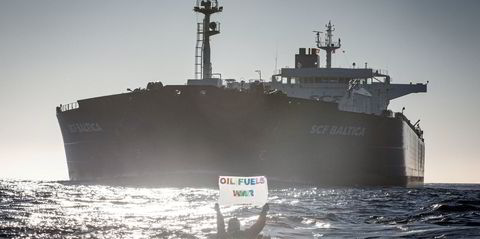Indonesia’s Buana Lintas Lautan (BULL) has just taken delivery of the seventh aframax tanker to join its fleet this year — and an eighth is arriving soon.
Kevin Wong, the ambitious president-director, told TradeWinds that this aggressive growth has allowed the company to enter the international tanker markets.
Wong stressed that the global shipping industry can expect to see a greater market presence from BULL in the tanker and dry bulk sectors.
On the tanker front, this has already begun.
BULL has bought 15 aframax crude tankers and LR2 product tankers in the same size range over the past 18 months, building its fleet to 33 vessels with a capacity of 2.3m dwt.
Less volatile
Seventeen of its ships are aframax and LR2 tankers, which Wong described as “our sweet spot”.
“Yes, their market segment can be volatile, but it is a lot less volatile than VLCCs,” he said.
These larger tankers are what he is betting BULL’s future on.
Twelve of its aframaxes and LR2s are on long-term contracts with state-owned domestic oil major Pertamina. The five others operate in Maersk Tankers' Aframax pool or are on long-term charter to commodities majors, such as Trafigura.
Wong admitted that domestic charter rates are priced at a discount of around 20% to the international market.
“Contrary to popular belief, cabotage does not mean that Indonesian tanker owners have leverage over Pertamina on pricing,” he said. “Pertamina always get good rates.”
Nevertheless, Indonesia remains the foundation of BULL’s business, accounting for 80% of its revenue.
“The rates in Indonesia might be lower, but what is important is that it gives us the stability to grow relatively quickly,” Wong said.
Focus on middle-aged tankers
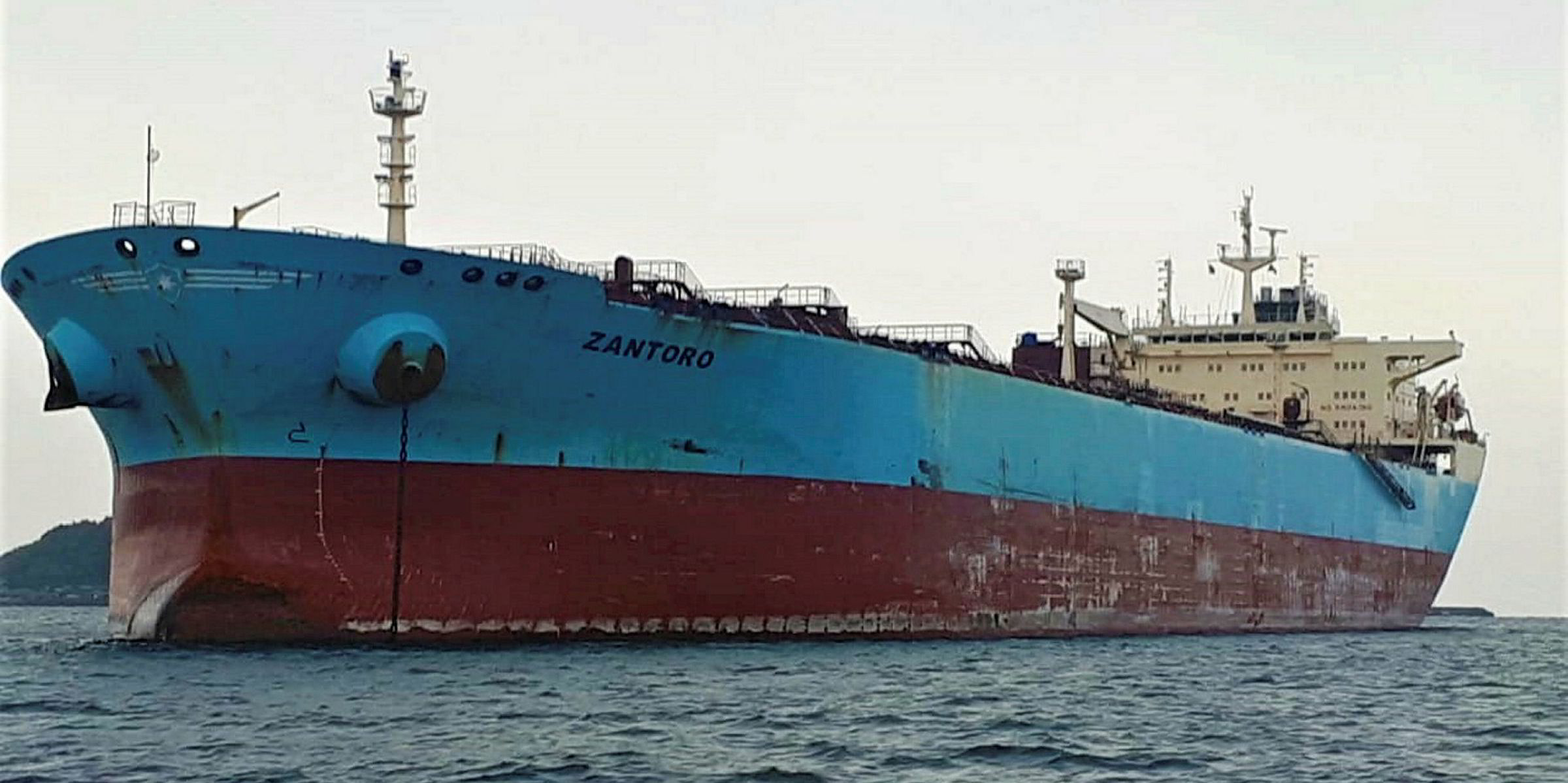
“It also means that we are used to working in a low-rate environment, which could benefit us as we expand outside of Indonesia. Going out there, we think we can survive in markets where others cannot.”
The company, he said, is in a good position.
“We have built a stable cash flow in Indonesia, but we are also able to benefit from the strong international tanker markets,” he said.
Wong stressed that BULL would expand prudently outside Indonesia, avoiding the volatile spot market, opting instead to join pools or fix ships on long-term charters with top-tier companies — measures he said go a long way in reducing market risk and exposure.
“We like to think we can recognise where we are strong and where we are weak,” he said. “We need to build our presence, our capacity and our capability. We know the international markets, and we know that with just a few ships, returns in the spot market are very low.”
BULL’s strategy is to acquire high-margin, mid-cycle vessels aged 10 to 15 years from well-known owners, which Wong is confident results in much lower risk.
“Prices for these ships are at a pretty low point right now,” he said. “Charterers are not paying anything extra for a new ship. For the cost of a new vessel, we can acquire three 10 to 15-year-old vessels. That allows us to generate three times as much revenues with mid-cycle vessels while reducing our capital risk by 80%.”
This strategy, he claimed, enables BULL to expand its fleet rapidly while maintaining low debt ratios. He estimated that its debt to equity ratio will come in at 1.7% by the end of the year, a low level of leverage for a capital-intensive industry, such as shipping.
Too much hassle
BULL also has eight handysize and MR product and chemical tankers. And it has coastal tankers, LPG carriers, a VLGC and a floating production, storage and offloading unit — a typical fleet composition for Indonesian tanker owners that derive most of their business from Pertamina contracts.
This diverse mixture is set to shrink in the future as BULL refocuses on the larger segments.
“We make good money with our MRs and gas tankers, but we have drastically scaled back on small tankers of less than 10,000 dwt. They are too much of a hassle. The margins are very low and the marketplace in Indonesia is overcrowded,” Wong explained.
“We are still looking at opportunities in gas, but vessel prices have been too high and still need to come down to allow us further moves in the sector.”

